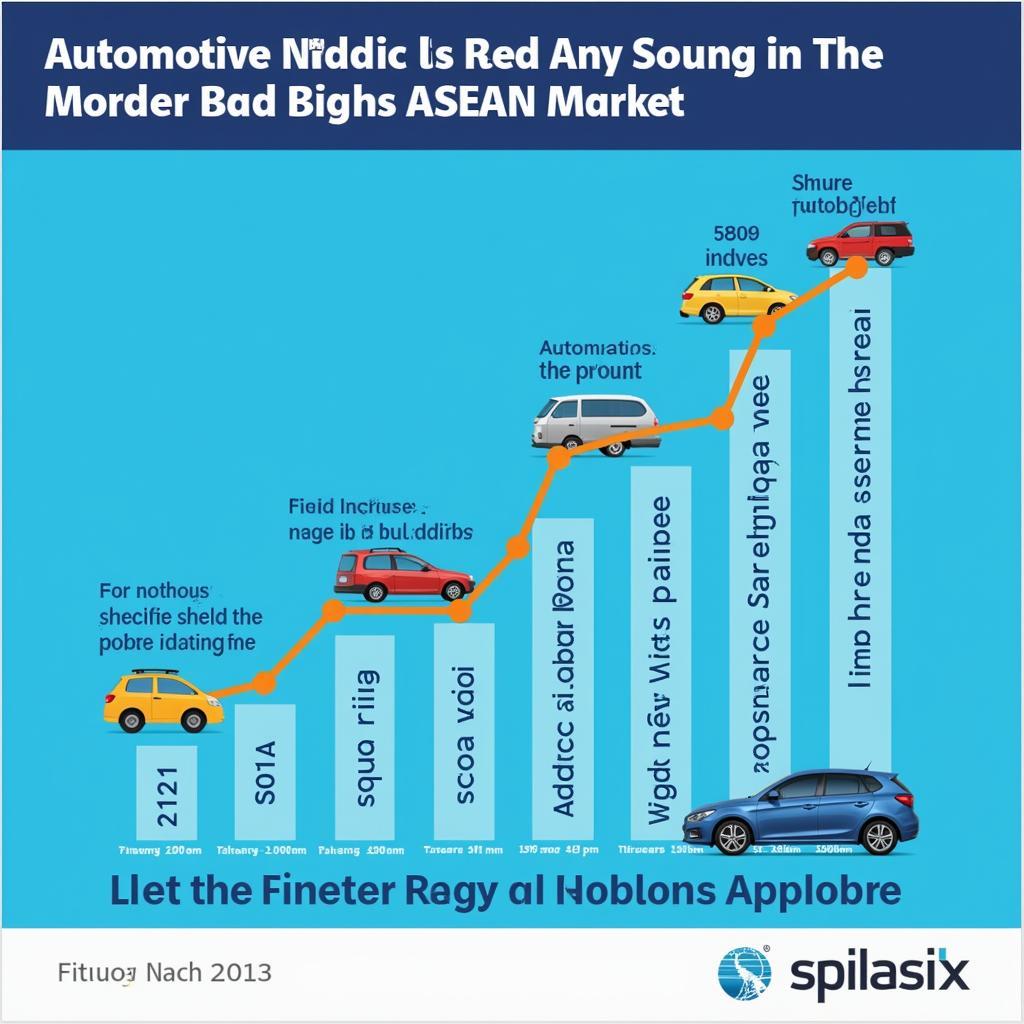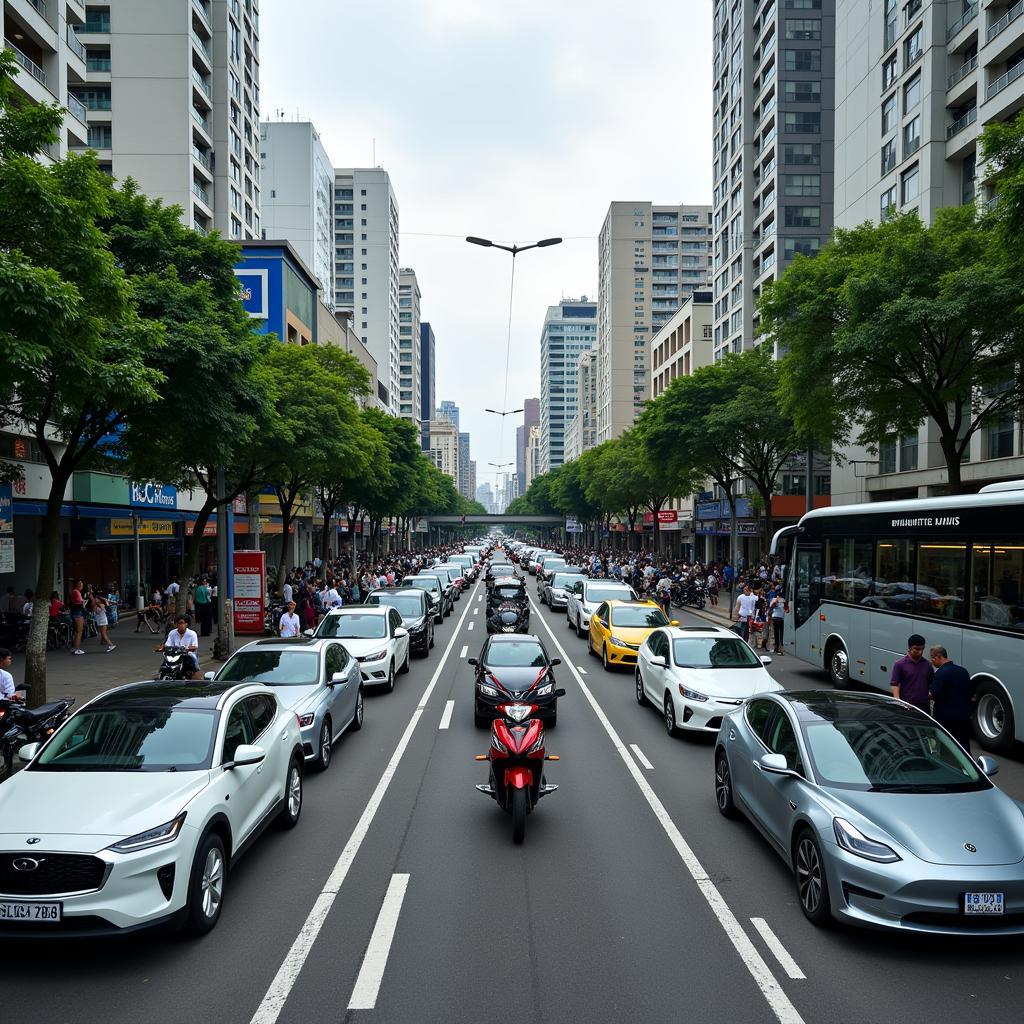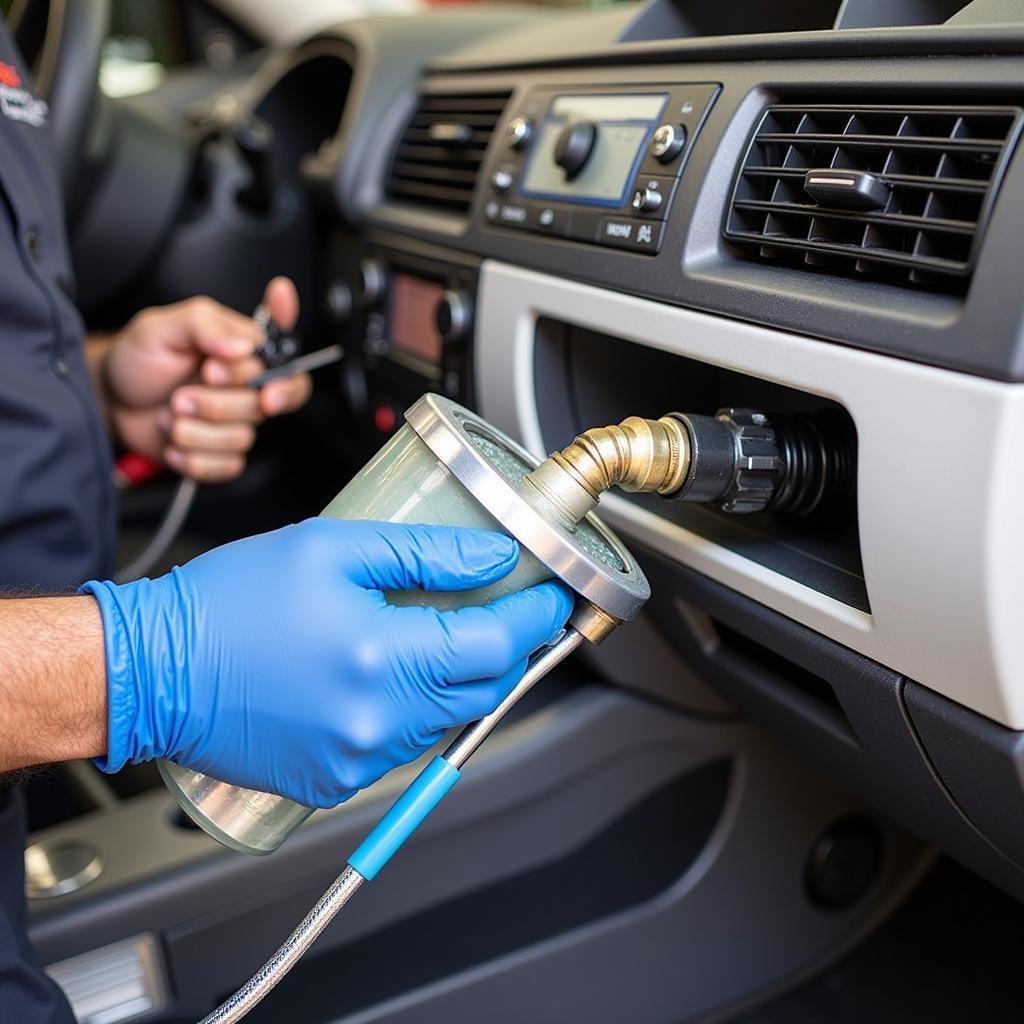The ASEAN autozone is a dynamic and rapidly evolving market, characterized by a growing middle class, increasing urbanization, and a burgeoning automotive industry. This comprehensive article explores the key trends, challenges, and opportunities shaping the automotive landscape in Southeast Asia, providing valuable insights for industry players, policymakers, and enthusiasts alike.
 ASEAN Auto Market Growth
ASEAN Auto Market Growth
The Rise of ASEAN as a Global Automotive Hub
The Association of Southeast Asian Nations (ASEAN) has emerged as a prominent player in the global automotive industry, attracting significant investments from major manufacturers worldwide. The region’s strategic location, competitive labor costs, and favorable government policies have created a conducive environment for automotive manufacturing and assembly.
Key Trends Shaping the ASEAN Autozone
Several factors are driving the evolution of the ASEAN autozone, including:
-
Growing Middle Class: The expanding middle class in ASEAN countries is a key driver of automotive demand. As disposable incomes rise, consumers are increasingly seeking personal mobility and upgrading to newer, more feature-rich vehicles.
-
Urbanization: Rapid urbanization in the region is leading to increased traffic congestion and a growing need for efficient transportation solutions. This is driving demand for compact cars, city SUVs, and motorcycles, as well as investments in public transportation infrastructure.
-
Technological Advancements: The automotive industry is witnessing a technological revolution, with innovations in electric vehicles (EVs), autonomous driving, and connected car technologies. ASEAN countries are actively embracing these advancements, with governments implementing policies to promote EV adoption and support the development of smart mobility solutions.
 Electric Vehicles in ASEAN
Electric Vehicles in ASEAN
Challenges and Opportunities in the ASEAN Autozone
While the ASEAN autozone presents significant growth potential, it also faces several challenges:
-
Infrastructure Gap: Inadequate infrastructure, including limited road networks and charging stations for EVs, poses a challenge to the growth of the automotive sector.
-
Environmental Concerns: Vehicular emissions contribute to air pollution, a pressing issue in many ASEAN cities. Policymakers are implementing stricter emission standards and promoting sustainable mobility solutions to address this concern.
-
Competition: The ASEAN autozone is a highly competitive market, with both established global players and emerging domestic manufacturers vying for market share. Companies need to differentiate themselves through innovation, affordability, and a strong understanding of local consumer preferences.
Despite these challenges, the ASEAN autozone offers immense opportunities for growth and innovation:
-
EV Adoption: ASEAN countries have set ambitious targets for EV adoption, presenting a significant opportunity for manufacturers of EVs and related technologies.
-
Digitalization: The increasing penetration of smartphones and the internet is driving the demand for connected car technologies and digital services in the automotive sector.
-
Regional Integration: The ASEAN Economic Community (AEC) aims to create a single market and production base, facilitating trade and investment within the region. This presents opportunities for automotive companies to optimize their supply chains and expand their reach across Southeast Asia.
The Future of Mobility in ASEAN
The ASEAN autozone is poised for continued growth and transformation in the coming years. Technological advancements, evolving consumer preferences, and supportive government policies will shape the future of mobility in the region, leading to a more connected, autonomous, and sustainable transportation ecosystem.
FAQ
Q: What are the top-selling car brands in ASEAN?
A: Some of the most popular car brands in the ASEAN region include Toyota, Honda, Mitsubishi, Isuzu, and Ford.
Q: Which ASEAN country has the highest car ownership rate?
A: Brunei has the highest car ownership rate in ASEAN, followed by Malaysia and Thailand.
Q: What is the outlook for the ASEAN automotive industry?
A: The ASEAN automotive industry is expected to continue its growth trajectory in the coming years, driven by factors such as rising incomes, urbanization, and technological advancements.
Need more information?
For further insights and updates on the ASEAN autozone and other exciting developments in Southeast Asia, explore more articles on our website or contact our team at 0369020373 or [email protected]. Our dedicated team is available 24/7 to assist you. You can also visit us at our office located in Ngọc Liễn Village, Hiệp Hòa, Bắc Giang, Vietnam.
